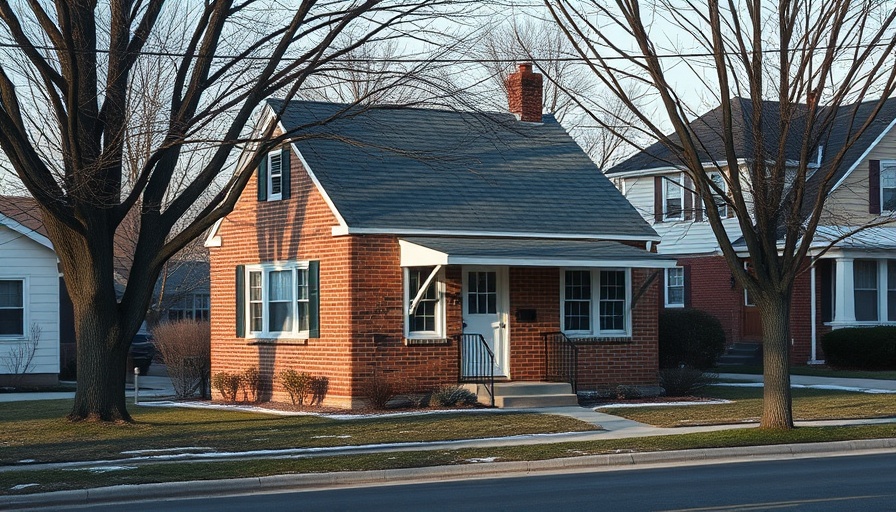
Optimizing Insulation in 1950s Bungalows: A Guide for Homeowners
As energy costs rise and environmental consciousness grows, homeowners are increasingly looking into the efficiency of their homes. For those living in older properties, such as bungalows built in the 1950s, addressing insulation is paramount. This article aims to provide insights into the importance of attic insulation, practical tips for insulation improvements, and considerations when undertaking such upgrades.
The Importance of Proper Insulation
Insulation plays a crucial role in maintaining comfortable indoor temperatures and reducing energy costs. For bungalows constructed in the mid-20th century, the original insulation may not meet today’s efficiency standards. Poor insulation leads to heat loss in winter and heat gain in summer, straining HVAC systems and increasing energy bills.
Common Insulation Materials in Bungalows
Many bungalows from the 1950s may contain outdated insulation materials like fiberglass batts, cellulose, or even vermiculite. Understanding the materials used can help homeowners identify whether an upgrade is needed. For example, cellulose insulation is made from recycled paper products and can be a good choice due to its eco-friendliness and effectiveness when properly installed.
Assessing Your Current Insulation
Before embarking on insulation upgrades, a thorough assessment of the current state of the attic is necessary. Homeowners should check for signs of moisture, rodent activity, or gaps in the insulation. A professional energy audit can provide insights into where heat may be escaping and which areas need the most attention.
Types of Insulation Options
Homeowners have several insulation options available today, each with distinct benefits:
- Blown-in Insulation: This option offers excellent coverage and fills in gaps easily but requires professional installation.
- Spray Foam Insulation: Highly effective at sealing air leaks, it's ideal for hard-to-reach areas but can be more expensive than traditional materials.
- Fiberglass Batts: A common choice, they are easy to install but must be carefully placed to avoid gaps and compressions that can diminish effectiveness.
Cost-Effectiveness of Insulation Improvements
The upfront cost of insulation improvements can be offset by the long-term savings on energy bills. Furthermore, many states offer incentives or rebates for energy-efficient home upgrades, making it financially advantageous for homeowners seeking to enhance their property’s efficiency.
Environmental Impact
Improving insulation not only benefits the homeowner's wallet but also contributes positively to the environment. Enhanced insulation reduces the carbon footprint of a home by ensuring that less energy is needed for heating and cooling.
Future Trends in Home Insulation
As technology advances, new materials and methods for insulation are being developed. Homeowners may soon have access to innovative options, such as reflective insulation that enhances energy efficiency or smart insulation that adapts to temperature changes.
Final Thoughts on Insulating Your 1950s Bungalow
Tackling attic insulation in older homes is a significant but rewarding investment. Homeowners should take the time to research and consider their insulation options carefully, ensuring they choose the best materials for their specific needs. The benefits—both financial and environmental—are substantial. In the rapidly changing landscape of home energy efficiency, the importance of upgrading insulation cannot be overstated.
 Add Row
Add Row  Add
Add 






Write A Comment